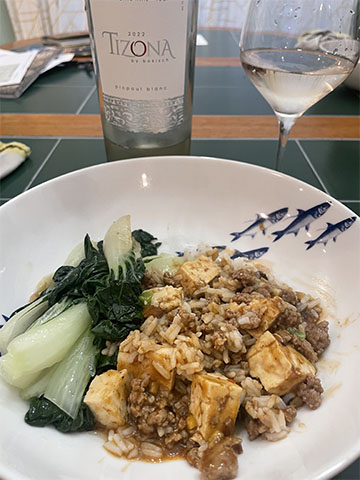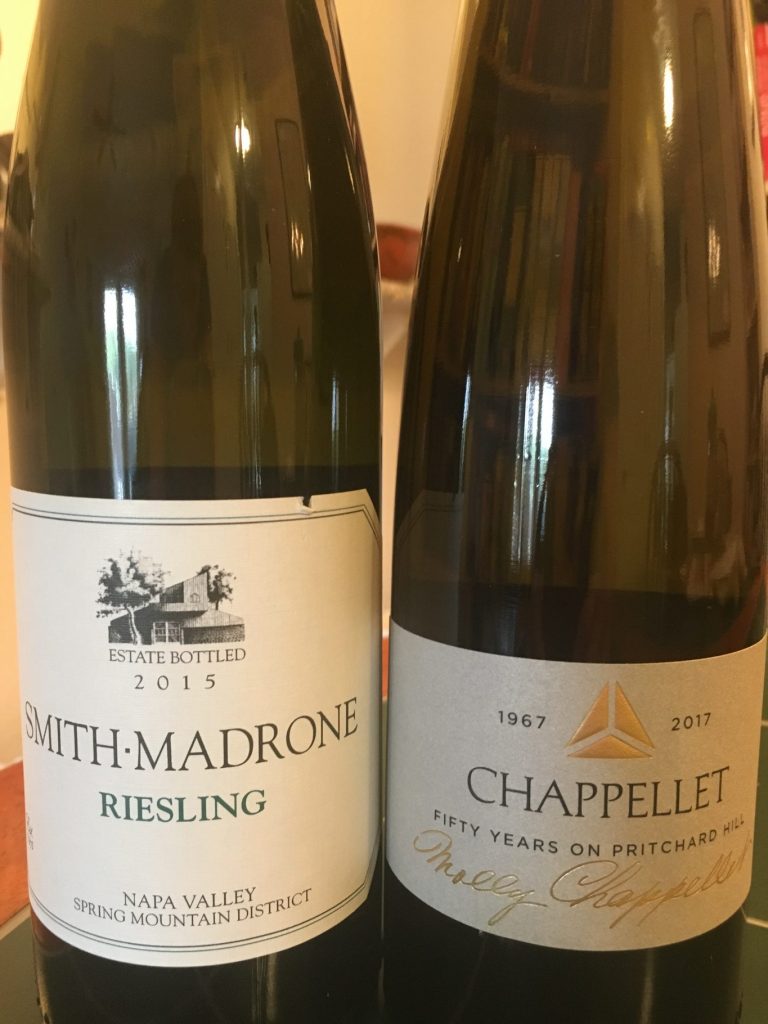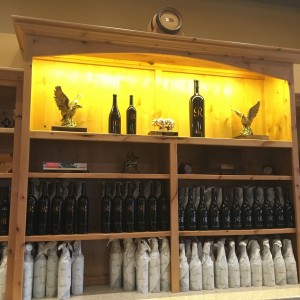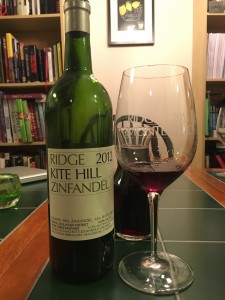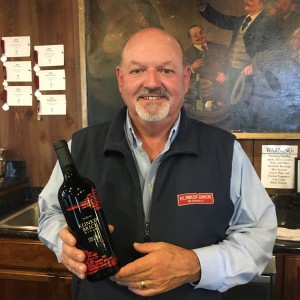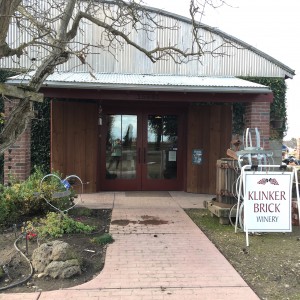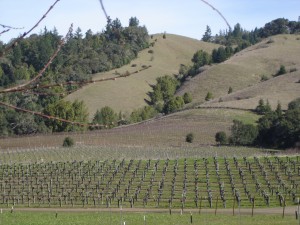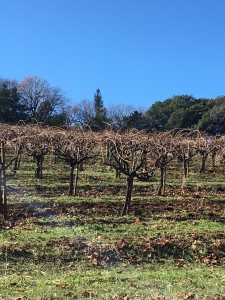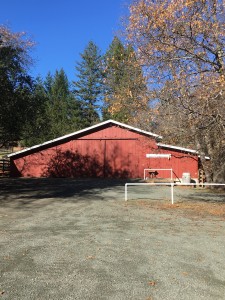By Kareasa Wilkins
When most people think about the Renaissance in Tuscany, their minds go directly to art: Botticelli, Donatello, Michelangelo. But Tuscany experienced a wine renaissance as well. In fact, perhaps no other wine region in the world has undergone such a significant renaissance of quality as Tuscany has in the last 60 years. Agriculture in central Italy in the early part of the 20th century was long dominated by the mezzadria, or sharecropping system, in which peasant farmers worked land owned by wealthy aristocrats in exchange for 49% of the crops they tended, a supply that helped their poor families survive. When this system died out in the 1960s and landowners received their land back from the sharecroppers working it, they knew little about quality viticulture. In a region where Sangiovese, a finicky grape with hundreds of different clones dominates, the production of wine at this time became one of mass production from high yields and low quality clones that were easy to cultivate. Quantity, rather than quality was the norm. Indeed, by the 1970s, the region of Tuscany was best known for Chiantis that were more valued from the straw fiascobasket they came in than for the poor quality wine inside the bottle. Moreover, laws at the time allowed up to 30% white grapes to be added to Chianti. This often included the neutral tasting Trebbiano Toscana, which, rather than adding character to the red wines, often dulled it down. With the reputation of the region falling apart, Tuscan winemakers began to revolutionize wine production in the region thus paving the way for the high quality wines associated with the region today.
Perhaps the most significant movement to instigate change in the region was the introduction of “Super Tuscans.” By the late 1960s, winemakers began to follow in the steps of Mario Incisa della Rocchetta, who eschewed the traditional wine laws of the region to create “Sassicaia” from Cabernet Sauvignon grapes (reportedly from vines taken from Chateau Lafite Rothschild) made in the Bolgheri region near the Tuscan Coast. Others, such as his cousin Piero Antinori followed suit, creating wines that were often based on international varieties, or Sangiovese blended with international varieties. But beyond simply going against the standard inferior “Chianti blend” that was losing so much favor in the market, what united these wines was their focus on quality. They were often produced from lower yields, higher quality clones, and aged in new French oak barrels. However, even though the quality of these wines far surpassed the typical wines of the region, and often came with price tags to match, they were forced to be labeled simply as Vino da Tavolawhich was the lowest demarcation for Italian wines, because they failed to meet the DOC laws of the region. The rise in popularity of these wines coupled with the visible quality did lead to the creation of IGT, or Indicazione Geografica Tipica, a demarcation that indicated higher quality than a basicVino da Tavola. Later, the DOC Bolgheri was added, and as this is where many Super Tuscans are made, they now fall under the higher quality status. The quality minded producers behind the Super Tuscan movement led other regions to ensue, and in 1980 Brunello di Montalcino and Vino Nobile di Montalcino were granted DOCG status. These wines, like the Super Tuscans are now viewed as some of the most iconic wines of quality from the Tuscan region.
While the Super Tuscans may have been the first wines to inspire a transformation in the Tuscan wine region, Chianti soon upped its game as well. It began with the acknowledgment of its signature grape, Sangiovese, as one that not only has difficulty ripening, but also has hundreds of clones that vary in flavor and quality. This led to an intensive research project that began in 1987 and focused on studying the different types of clones and practices in the vineyard such as rootstock and training methods. Ultimately these studies led to better knowledge and practices in the vineyard and the cellar, such as clonal selection, lowering yields, reducing the amount of white grapes in the blend, and oak ageing in barrique.
Not only did all of the research being done in Chianti contribute to better quality wines, but during this time, the Consorzio also recognized the importance of reestablishing the Chianti Classico zone. The Chianti Classico zone was originally delimited in the early 1700s by the Duke of Medici, and included the villages of Radda, Gaiole, Castellina, and Greve. These areas contain a wide variety of soils and mesoclimates, with cooling influences from the Tyrrhenian Sea, and were viewed as producing the top quality wine. Yet in the 1930s, this region was expanded in efforts to capitalize on the name, though many of the wines produced did not match up to the name. Indeed, it was these very wines that were using less and less Sangiovese, and being diluted with the Trebbiano Toscana grape. In 1996, the original Chianti Classico region was granted DOCG status, and no longer considered a subzone of Chianti. The DOCG stipulated lower yields, and higher required amounts of Sangiovese in the wines, thus further showcasing quality. Even more recently, producers in the Chianti Classico region created another quality designation, the category of Gran Selezione, a term for wines made from all estate grown fruit and aged for thirty months before being sold.
The Tuscan region of Italy is now considered to be emblematic of quality wine production. Yet little more than a half century ago, this was not the case. But a handful of quality minded producers who dared to take the initiative to prove what the region was capable of paved the way for improvements in the overall production of wine through new laws, regional designations, education and research, and enhancements in viticulture and enology.
